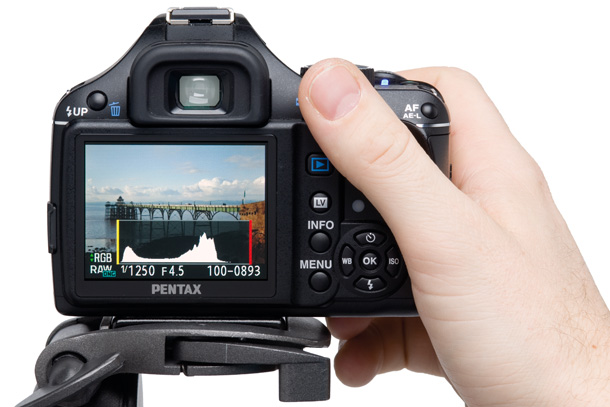How to Read a Digital Camera Histogram

There are numerous uses of digital photography. One major use is to check the exposure of the snap on a histogram. It shows the light distribution throughout the photo. As a result, it will portray the current exposure of the shot you are going to take. Thus the photographer will know if they are exposed perfect, over or under. Remember that after learning about the histogram information, you will require less adjustment in the photo editor. The histogram lets you know about the midtones, shadows and highlight of the image you have taken.
Instructions
-
1
Frame your shot
You are required to frame your shot in the way you desire. You can frame anything or anyone you want and focus accordingly. Use the appropriate lens and zoom settings for getting the perfect shot. -
2
Open the histogram mode
Next you need to open the histogram mode in order to check the light distribution on your shot. After choosing this option you will see a graph on your screen. It will show you different peaks according to the light exposed. Remember that peaks on the right hand side reflect pixels are receiving a lot of light. On the other hand the peak on the left side of the graph represents pixels are in shadow or are receiving less light. The idle place for the peaks is in the middle. It shows that pixels are appropriately exposed to the light. -
3
Open aperture if pixels are in shadow
You are required to open the aperture if the pixels of your snap are in shadows or receiving less light. If the peaks are on the left side you need to follow this step. You need to adjust the camera settings to a smaller f-stop number for this purpose. This will eventually expose the shadowy or darker areas. -
4
Close the aperture if peaks are on the right side
You need to close the aperture if you see that peaks are on the right side or the pixels are receiving too much light. You can do this by setting the camera to a higher f-stop number. This will not only avoid overexposure to light but will also make the shot perfect.






